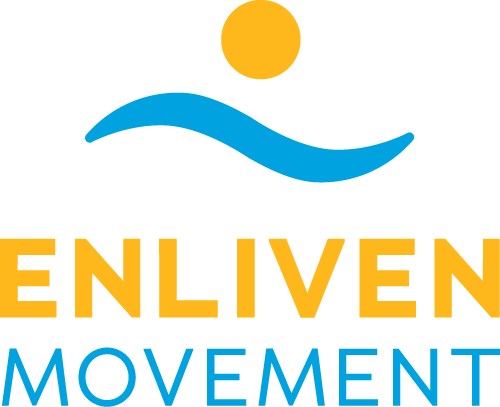PT Services
Manual Therapy
Manual Therapy is the hands-on physical treatment of musculoskeletal pain and dysfunction through joint manipulation, joint mobilization, or soft-tissue (muscle) mobilization to improve mobility, function, and pain. Manual therapy gives your body and nervous system input about the state of muscle tension and joint position in order to improve pain, dysfunction, and range of motion. The body takes this input, in combination with stretching and strengthening exercise, and uses it to integrate a more intelligent movement pattern when functioning in the world following treatment.
Dry Needling
Considered a form of manual therapy, dry needling is a skilled intervention used by physical therapists that uses a thin filiform needle to penetrate the skin and stimulate underlying myofascial trigger points, muscular, and connective tissues for the management of neuromusculoskeletal pain and movement impairments. A trigger point describes a taut band of skeletal muscle located within a larger muscle group. Trigger points can be tender to the touch and can refer pain to distant parts of the body. Physical therapists utilize dry needling with the goal of releasing/inactivating the trigger points and relieving pain. Preliminary research supports that dry needling improves pain control, reduces muscle tension, normalizes biochemical and electrical dysfunction of motor endplates, and facilitates an accelerated return to active rehabilitation.
Therapeutic exercise
Therapeutic exercises are specifically selected utilizing information gathered through the initial examination. Exercises are intentful and performed with mindful movement to remediate body impairments, enhance performance, reduce risk of injury, optimize health and overall well-being. Therapeutic exercise is prescribed specifically based off of the clients goals and may include aerobic or endurance conditioning, agility training, body mechanics training, breath exercise, neuromuscular re-education, strength training, power training, and stretching exercise. All exercise supports the body in working together to achieve optimal performance, whether it’s completing a marathon or picking up your laundry off the floor.
Vestibular rehabilitation
Experiencing dizziness? People with vestibular disorders often experience problems with vertigo, dizziness, visual disturbance, and/or imbalance. These symptoms can be caused due to a variety of conditions including: Benign Paroxysmal Positional Vertigo (BPPV), vestibular neuritis, Meniere’s disease, concussion, acoustic neuroma, or concussion. Sometimes something as seemingly as small as “motion sickness” or “car sickness” is enough to interrupt our function or day. Just like a weak muscle, the problems due to a weak vestibular system can benefit from exercises to strengthen it and improve function. Other problems can also arise that are secondary to vestibular disorders, such as nausea and/or vomiting, reduced ability to focus or concentrate, and fatigue.
Symptoms due to vestibular disorders can diminish quality of life and impact all aspects of daily living. They also contribute to emotional problems such as anxiety and depression. Additionally, one of the consequences of having a vestibular disorder is that symptoms frequently cause people to adopt a sedentary lifestyle in order to avoid bringing on, or worsening, dizziness and imbalance. As a result, decreased muscle strength and flexibility, increased joint stiffness, and reduced stamina can occur.
Physical therapy can help to empower a client to better manage their dizziness, reduce fall risk, and become more confident in movement.
Mobile Visits • 60 min
We offer the ability to come to you for care if you find yourself unable to get to the office. This is a great option for those who are transitioning into a home program and would like to know how to implement their home equipment into their practice or for those who are unable to leave the home for various reasons.
